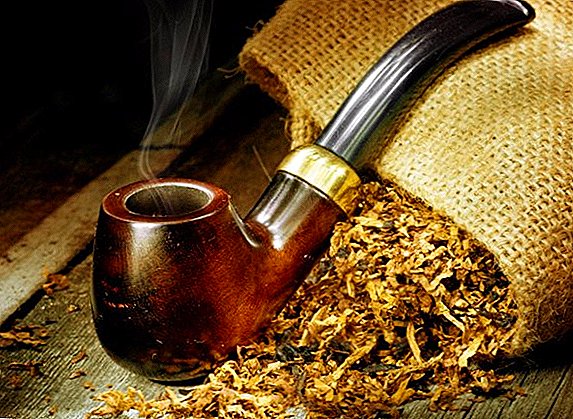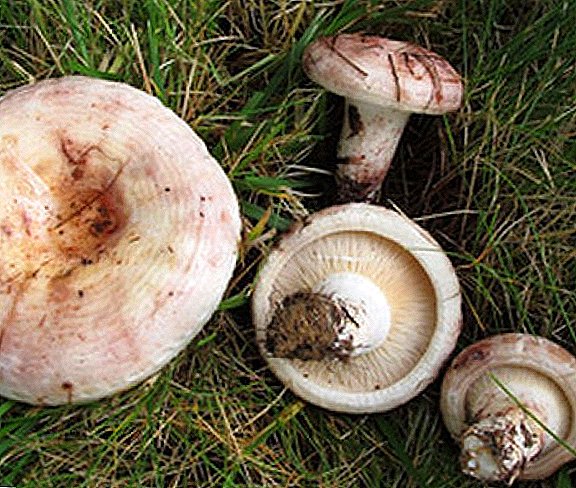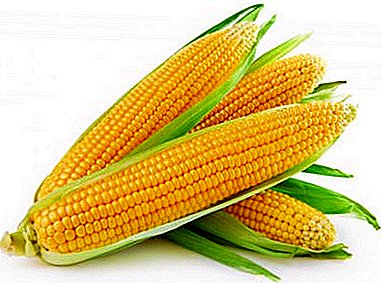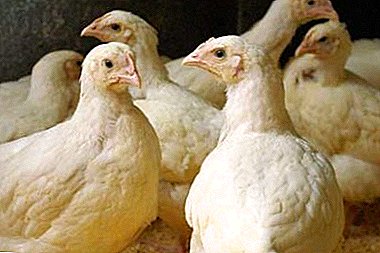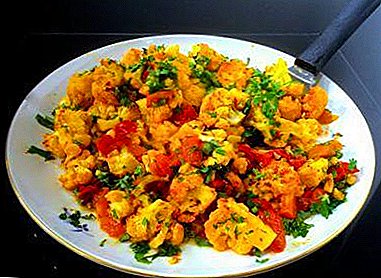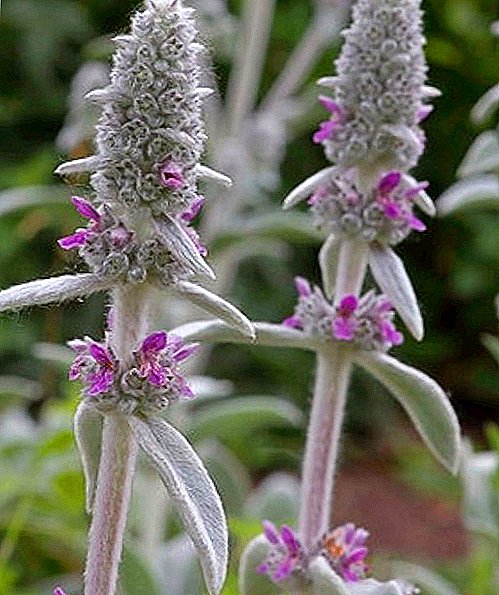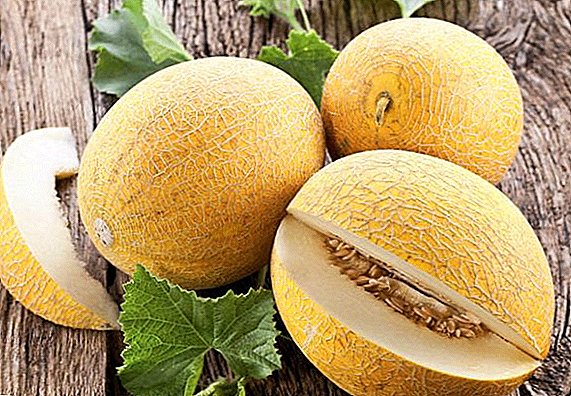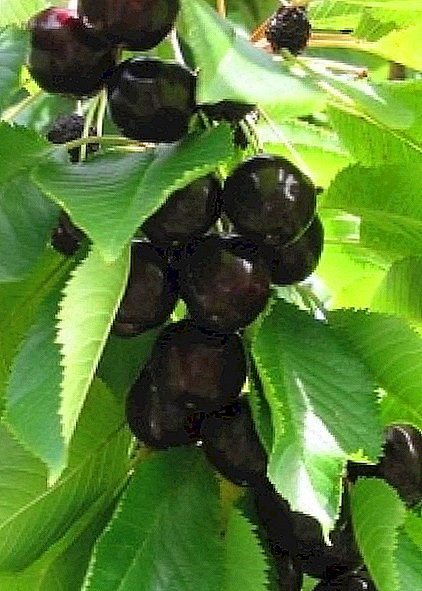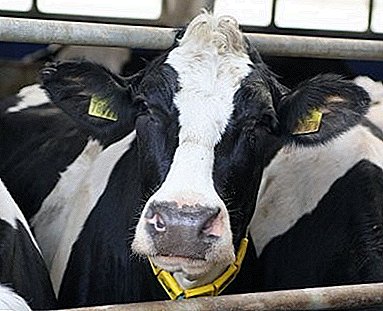
For a long time, a cow in Russia was called a wet-nurse, and the wealth of a peasant family was determined by the number of these wonderful animals.
Since then, much has changed, but breeding dairy cows remains the leading livestock industry.
It is especially necessary to note the black-and-white breed, it has received wide distribution in the territory of our country, in Ukraine and Moldova.
Breed history
AT USSR since 1931 work began on the breeding of high-breed cattle. The basis was taken by the local black motley cows with good performance. Kostroma, Yaroslavl, Simmentalsky breeds and Dutch, Swiss, Ostfrizian animals. The result was decent.
AT 1959 black-and-white dairy cows received the status of a separate breed, 53% the dairy herd of our country are pestrus.
There are also other dairy breeds of cowssuch as: Jersey, Simmentalskaya, Ayshirskaya, Yaroslavskaya, Kholmogorskaya, Red Steppe.
Characteristics of Black Pestroy
Breed representatives have black and motley color, individual for each animal, elongated, slender body, medium-sized head with a long facial section, horns have pointed dark ends, the udder is cup-shaped, the back pair of milkings is located closer to each other than the front one, the skin of the udder is smooth and elastic, the legs are strong.
 Our country is very large and the climatic conditions in its territory are very different from each other, because of this, breeding work in animal husbandry relies on local breeds that are well adapted to the natural conditions.
Our country is very large and the climatic conditions in its territory are very different from each other, because of this, breeding work in animal husbandry relies on local breeds that are well adapted to the natural conditions.
For this reason the black-and-white breed is divided into 3 groups: Central European, Ural, Siberian.
- AT central part country Yaroslavl, Kholmogory, Kostroma breeds served as the basis for breeding work.. They are distinguished by large size and high yields, therefore, when crossed with Dutch and Swiss animals, the new breed has inherited remarkable qualities, high productivity and high mass.
Bull may have weight 1000 kg, cow significantly less - up to 650 kg., calves are born large and gain weight up to 1000 grams. in a day. Average productivity ranges from 4 to 6 thousand liters during lactation, fat index: 3.5-3.7%;
- For breeding Ural group the basis was taken Tagil black-and-white breed, Baltic black variegated and Ostfrizian animals. The exterior of animals is somewhat drier than the central European species. Average annual yield of up to 5500 kg, but fat content - up to 4%;
- Siberian species black and motley breed obtained from local black mottled and dutch breeds. Due to the harsh climatic conditions, the representatives of the breed are smaller, but productivity them all the same quite high - up to 5000 kg. in year, but fat content - 3.9-4%.
A photo
Photo "Black Motley" breed cows:




Conditions of detention
The breed has excellent health and good adaptation to new conditions.but there are features in the content, which can not be neglected:
- The room for cows should be dryhave good ventilation;
- In winter, the air temperature should not fall below 5 degrees;
- Good lighting supports the animal organism in an active rhythm;
- A leash should not restrict movement and cause inconvenience to the animal;
- Timely thorough cleaning - a prerequisite for the correct content.
Attention! Draft is not allowed.
Regime and feeding
For normal growth, development and growth, maintaining high productivity are not only important conditions of detention, but also clear schedule. Feeding and milking must be done at the same time.. Violation of the regime leads to a decrease in milk yields.
There is a saying that the milk of a cow is on her tongue, in other words, milk yield depends on whether our cow is full. The diet of the animal should be treated carefully. In winter cow need 3.5 kg. hay per 100 kg. weights. For high yields you will need succulent feed at the rate of 2 or 3 kg. per liter of milk.
Attention! Feeding beetroot leads to indigestionoften resulting in the death of the animal.
 On the desired liter of additional milk yield will require 150-200 grams. flour or bran, do not forget about the lick - salt is necessary, and add it to the diet in a crushed form is not so convenient.
On the desired liter of additional milk yield will require 150-200 grams. flour or bran, do not forget about the lick - salt is necessary, and add it to the diet in a crushed form is not so convenient.
Flour and salt are included in the summer diet. - It has a good effect on milk yield. In the summer, the cow gets everything you need from plants, including the necessary vitamins.
AT winter period the content of vitamins in the diet is sharply reduced, for their compensation the industry produces vitamin complex feed additives.
For the sake of maintaining stable milk yield you should not neglect them. For normal cow digestion need plenty of water.
In case automatic watering is absent, animals should be watered in the morning and in the evening with fresh water at room temperature or slightly warmed.
Diseases
At least once a week need to clean the cow with a special metal brush. This must be done to keep the hides clean, to destroy possible parasites. The general state of the animal depends on the state of the hoofs, it is necessary to cut them in time. Attention! Timely and fully implemented prevention measures will reduce the risk of disease.
Breed of black-and-white cows distinguished by good natural health. This is an important quality - often ill animals with weak immunity are not able to keep the milk yield at a high level, but to avoid diseases in general is not possible.
Proper care, rational feeding, timely vaccination reduces the risk of disease. Disease prevention is much cheaper, takes less time and effort compared to treatment.
Diseases of cattle can be divided into 2 groups: infectious and non-infectious.
- TO contagious relate infectious diseases caused by viruses, bacteria, fungi, and invasive ones caused by ticks and internal parasites;
- TO non-communicable diseases include diseases of young animals, poisoning, diseases of organs and systems that are of an individual nature.
Most terrible for cattle are: vesicular stomatitis, spongiform encephalopathy, contagious pleuropneumonia, Rift valley fever, nodular dermatitis, plague, foot and mouth disease. In case of epidemics, quarantine is announced.
Widespread among animals tuberculosis, salmonellosis, leishmaniasis, trichomoniasis, leukemia, brucellosis, dermatofibrosis. The country's veterinary service conducts blood sampling to identify diseased animals, this measure reduces the risk of epidemics and protects consumers of dairy products from possible re-infections.
Attention! Do not try to diagnose yourself if you are not a veterinarian. Consult a specialist.
Breeding rules
 To obtain highly productive cows with good milk yield and a harmonious exterior, good health characteristic of the breed, offspring of animals with planned traits are selected.
To obtain highly productive cows with good milk yield and a harmonious exterior, good health characteristic of the breed, offspring of animals with planned traits are selected.
All these qualities of cattle are perfectly transmitted through the maternal line. If there are few animals, it is easy to choose the best.
And in large farms, records are kept immediately after birth. calves are sorted by health and breed, only healthy animals with signs of breed and highly productive parents are allowed to breed.
Inbreeding is undesirable; it increases the risk of weak offspring.
The popularity of the breed of black-and-white cows is well deserved, the animals have proven themselves in large complexes, private farmsteads, high yoy animals are replacing unproductive livestock. This wonderful breed has a great future.


